
Sada-e-Watan
Sydney ™
sadaewatan@gmail.com

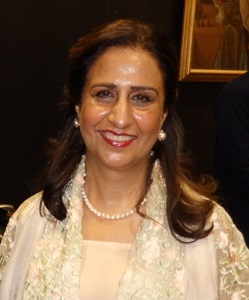
H.E. Naela Chohan
Speech of the High Commissioner
H.E. Naela Chohan
Pakistan Summit II-Past, Present and the Future of Pakistan
through the Eyes of Emerging Scholars
at University of Sydney – 13
January 2018
I would like to thank the South Asia
Study Group for organizing the Pakistan Summit-II. It is a propitious moment to
highlight Pakistan in its correct perspective.
Today, I would like to avail
myself of this opportunity to elucidate Pakistan's economy which has seen a
noticeable turnaround over recent years. Pakistan has made significant progress
in regaining macroeconomic stability. Fiscal consolidation through improved
public financial management and tax administration led to shrinking of deficit
from 8 percent of GDP in 2012-13 to below 5 percent in 2016-17. Inflation has
been brought down significantly; it is now in single
digit.
In the
energy sector, through capacity expansion of electricity, LNG imports,
strategic private public partnerships, reduction in inefficient subsidies and
strengthening of regulatory framework, the problem of energy shortages and load
shedding has been virtually resolved.
Improvements in the energy supply along with a turnaround in the security
situation have tackled two key bottlenecks holding back the performance of the
economy.
Overall
economic growth has accelerated, and real GDP growth was 5.3% in 2016-17, the
highest in 9 years. There has been a broad-based pick-up in all major sectors
including manufacturing, agriculture and services. Higher infrastructure
spending by the government and low interest rates also provided a boost to
domestic demand;
The international ratings agencies are optimistic about
Pakistan's economic performance and are predicting Pakistan to emerge as one of
the fast-growing economies in the world in the coming years.
Last month Pakistan successfully
executed US$ 1.0 billion five years Sukuk and US$ 1.5 billion ten years
Eurobond transactions at a profit rate of 5.625% and 6.875% respectively. The
order book for Pakistan's sovereign papers was over US$ 8 billion. However, the
Government decided to pick up only US$ 2.5 billion in order to ensure low final
yields on the Sukuks and Eurobonds. This reflects the confidence of global
investors in Pakistan's economy.
The Global
Economy
In redefining prosperity paths for the
future, we have to carefully analyse the dramatic changes that are taking place
in the world economy.
Over the past few years economic dynamism in the
global economy has gradually shifted from advanced economies to emerging
markets. There has been rapid emergence of China, the BRICs and other newly
industrializing economies. China has overtaken Japan to become the second
largest economy in the world. Today developing and emerging countries are home
to 85 percent of the world's population: and account for almost 60 percent of
global GDP growth.
Emerging markets are also undergoing transitions of
their own, shifts that create challenges but also opportunities. China, is
rebalancing its economy from manufacturing to services, from investment to
consumption, and from exports to domestic services. This means a slower but
more sustainable growth path. This transition has its effects, especially
through trade. China is now among the top ten trading partners for over 100
economies that account for about 80 percent of world GDP. It is also Pakistan's
largest trading partner, accounting for almost 23 of its total trade. As China
moves up the value-added chain, it will reduce its production of some
labor-intensive goods. This is an opportunity for our country to re-tool our
economy to realize this advantage.
Moreover, the major economic powers
of the world including the United States and European Union are facing
structural issues including aging populations, growing debts, and weakening
financial institutions. On the other hand, the global financial crisis has
brought about a shift in policies that will allow a greater role to the public
sector in steering the national economies. Recent political developments in the
United States and European Union are expected to further shift the balance of
global economic power as these economies become more inward-looking owing to
domestic pressures. Furthermore, these changes in the world economy are also
changing the structure of global output and trade.
New Opportunities
In view of rapid transformation of
the global economic order, it is necessary for Pakistan to reposition itself in
the world economy. No doubt, Pakistan's outlook for economic growth is
favorable due to China Pakistan Economic Corridor (CPEC) investments, improved
availability of energy, and growth-supporting structural reforms. In Pakistan,
growth is also projected to remain robust at 5-6 per cent, driven by strong
consumption, improved security situation, rising investment and supportive
macroeconomic policies.
Pakistan has implemented some difficult reforms
in the recent years. Now, with a more resilient economy. and growth picking up,
Pakistan has reached a moment of opportunity. It can now embark on the next
generation of reforms to generate higher and more inclusive growth, and tap
into the dynamism of emerging economies.
Pakistan possesses fundamental
advantages that can be harnessed to prepare the economy for a leadership role
in global economy by becoming a regional food basket and an engineering hub.
Pakistan has a fast-growing middle class that can serve as the backbone of the
economy in the years to come. In addition, every year, more than two million
young people enter the job market This could be a tremendous opportunity for
growth but, how can we absorb so many new job seekers when the global economy
is growing so slowly? Clearly, in this environment, Pakistan needs to rely on
the strength of its own policies to generate more growth and jobs, and to join
the group of dynamic emerging markets. For a start, buoyant and potentially
productive sectors in the economy of Pakistan have to be targeted. One of the
key areas that have historically worked in absorbing youth and accelerating
overall economic growth and development has been the manufacturing
sector.
Over the past decade Pakistan's manufacturing sector has grown at
an average annual rate of over 5 percent despite significant challenges
including the energy crisis and domestic security situation. This shows
resilience of our entrepreneurs which is critical for sustaining the growth
momentum. Pakistan Industrial Sector is the third largest sector of the economy
accounting for 19% of the GDP. Now under CPEC there is great potential for
industrial development in Pakistan.
One of the critical tools for
accelerating the industrial development agenda will be the establishment of
Special Economic Zones (SEZ). There has been a considerable increase in SEZs
around the world, from 176 SEZs in 47 countries in 1986; to 3500 in 130
countries in 2010. SEZs not only contribute to national incomes but also
provide employment, boost exports and attract FDI. Successful SEZs offer
immediate access to high quality infrastructure, uninterrupted power supply,
public facilities and support services.
Under CPEC, 9 SEZ's will be setup
in different cities of Pakistan. This number will increase gradually and will
target sectors like food, pharmaceuticals, engineering, auto and food
processing. In Baluchistan the SEZs are planned to be set-up in Gwadar, Lasbela
Industrial Estate, Turbat Industrial Estate, Dera Murad Jamali Industrial
Estate, Winder Industrial and Trading Estate, Mini Industrial Estate and Bostan
Industrial Estate. The three SEZ in Sindh would include an exclusive Chinese
Industrial Estate near Karachi, Textile City near Port Qasim and Marble City
Karachi. Once implemented, these SEZ's will be able to provide a major impetus
for economic and social development through their backward and forward linkages
with the rest of the domestic economy.
The next important sector is
agriculture. For Pakistan, importance of agriculture cannot be denied;
specifically, when more than 60 % of population is residing in rural areas and
agriculture contributes 20 % to GDP. Agriculture and its associated industries
are essential to growth and to reducing mass poverty and food insecurity. Not
only in Pakistan, but in all countries in transition, rapidly rising
rural-urban income disparities and continuing rural poverty are major sources
of social and political tensions. The problem cannot be addressed through
agricultural protection to raise the price of food, which adversely affects low
income net food buyers, or through subsidies. Addressing income disparities in
transforming countries requires a comprehensive approach that pursues multiple
pathways out of poverty, shifting to high-value agriculture, expanding non-farm
employment in rural areas, and providing assistance to help move people out of
agriculture. This calls for innovative policy initiatives.
Agriculture in
the twenty-first century is reinventing itself as a new business reshaped by
globalization, standardization, high-value production, massive growth in demand
(both for the food and the biofuel industries), retail and packaging
innovations, and a ramp up in efficiency. Faced with constant productivity and
market pressures, the "new agriculture" needs new tools to enhance its
competitiveness and innovation capacity.
One of these tools is the
promotion of clusters. An agro-based cluster is simply a concentration of
producers, agribusinesses and institutions that are engaged in the same
agricultural or agro-industrial subsector, and interconnect and build value
networks when addressing common challenges and pursuing common
opportunities.
Globally, we stand on the threshold of a technological
revolution that will fundamentally alter the way we live, work, and relate to
one another. In its scale, scope, and complexity, the transformation will be
unlike anything humankind has experienced before. We do not yet know just how
it will unfold, but one thing is clear: the response to it must be integrated
and comprehensive, involving all stakeholders of the global polity, from the
public and private sectors to academia and civil society.
A Fourth
Industrial Revolution is building on the Third Industrial Revolution. It is
characterized by a fusion of technologies that is blurring the lines between
the physical, digital, and biological spheres.
The speed of current breakthroughs has
no historical precedent. When compared with previous industrial revolutions,
the Fourth is evolving at an exponential rather than a linear pace. Moreover,
it is disrupting almost every industry in every country. And the breadth and
depth of these changes herald the transformation of entire systems of
production, management, and governance.
The possibilities of billions of
people connected by mobile devices, with unprecedented processing power,
storage capacity, and access to knowledge, are unlimited. And these
possibilities will be multiplied by emerging technology breakthroughs in fields
such as artificial intelligence, robotics, the Internet, autonomous vehicles,
3-D printing, nanotechnology, biotechnology, materials science, energy storage,
and quantum computing.
Already, artificial intelligence is all around us,
from self-driving cars and drones to virtual assistants and software that
translate or invest. Digital fabrication technologies, meanwhile, are
interacting with the biological world on a daily basis. Engineers, designers,
and architects are combining computational design, additive manufacturing,
materials engineering, and synthetic biology to pioneer a symbiosis between
micro-organisms, our bodies, the products we consume, and even the buildings we
inhabit.
Like the revolutions that preceded it, the Fourth Industrial
Revolution has the potential to raise global income levels and improve the
quality of life for populations around the world. To date, those who have
gained the most from it have been consumers able to afford and access the
digital world. Technology has made possible new products and services that
increase the efficiency and pleasure of our personal lives.
In the
future, technological innovation will also lead to a supply-side miracle, with
long-term gains in efficiency and productivity. Transportation and
communication costs will drop, logistics and global supply chains will become
more effective, and the cost of trade will diminish, all of which will open new
markets and drive economic growth. However, this revolution could lead to
greater inequality, particularly in its potential to disrupt labor markets. As
automation substitutes for labor across the entire economy, the net
displacement of workers by machines might exacerbate the gap between returns to
capital and returns to labor. On the other hand, properly managed, the
displacement of workers by technology can result in a net increase in safe and
rewarding jobs. Therefore, there is earnest need to prepare for these
significant changes.
Remittances from Pakistanis living abroad have
played an important role in Pakistan's economy and foreign exchange reserves.
Nearly 5.9 million Pakistani emigrants make up the world's 6th largest diaspora
out of which approximately 100,000 reside in Australia. In 2016, Pakistan
Diaspora sent home almost US$ 20 billion in the form of remittances, almost 7
percent of GDP. Pakistan has such a strong bond with its overseas population.
The conditions are further improving faster in order to strengthen the
Pakistani Diaspora.
I
am very proud of our diaspora in Australia which is acting as a bridge between
Pakistan and Australia. They are not only sending home the money to help their
families and friends financially but are also contributing to development of
both Pakistan and Australia through acquired advanced education and technical,
professional and managerial skills and are contributing to technological
advancement.
********************************
Pakistan Summit II at the
University of Sydney
(Exclusive Photos to Sada-e-Watan by: Ms Aasma Zia)
Nazish Minto, Aasma Zia and High Commissioner Naela Chohan
Mubair Minto, Dr Moeed Pirzada and Nazish Minto
Justice Ali Baqar Najafi, H.E. Naela Chohan and Syed Zafar Hussain
DA Brig Asim Khan, HC Naela Chohan and Dr Moeed Pirzada
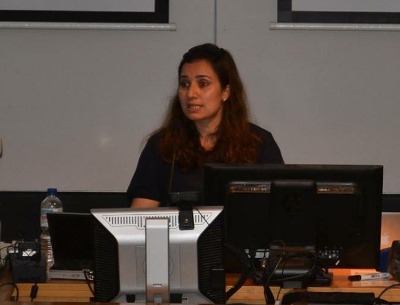
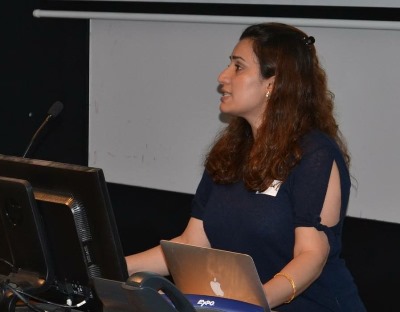
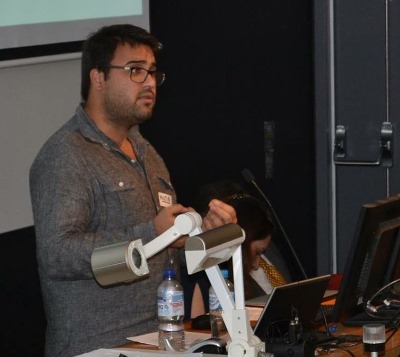
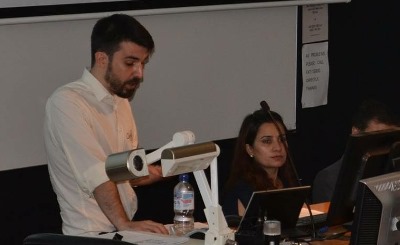
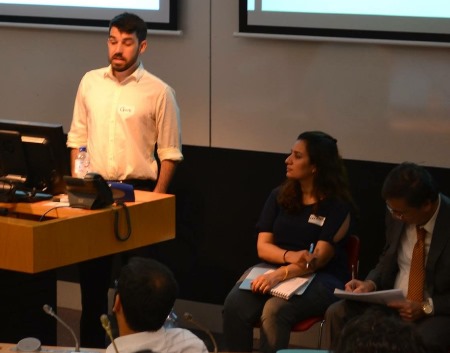
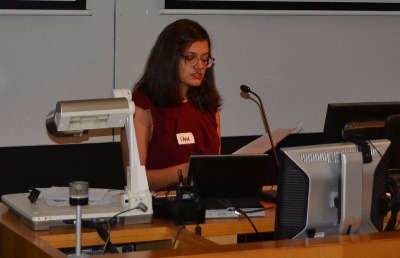
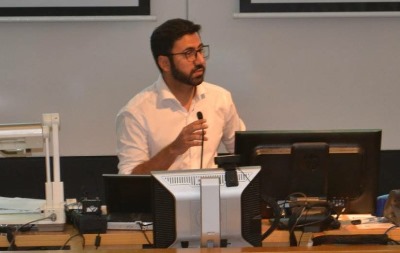
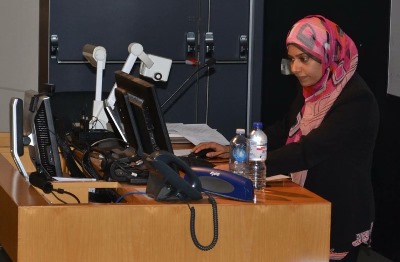
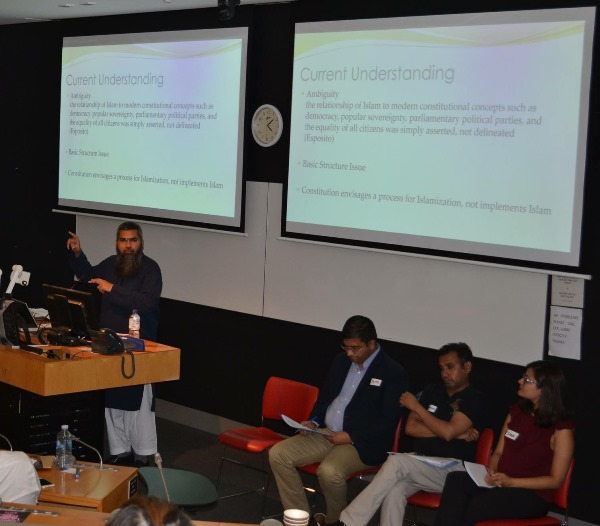
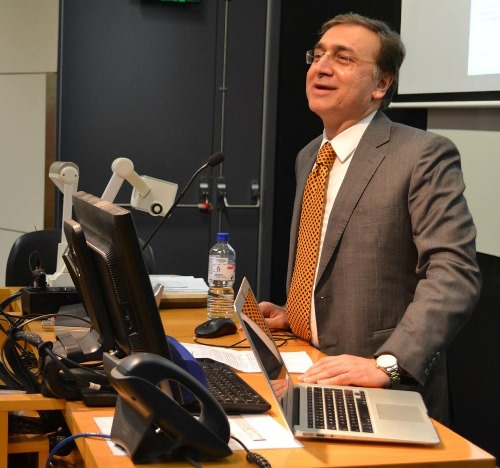
Dr Moeed Pirzada
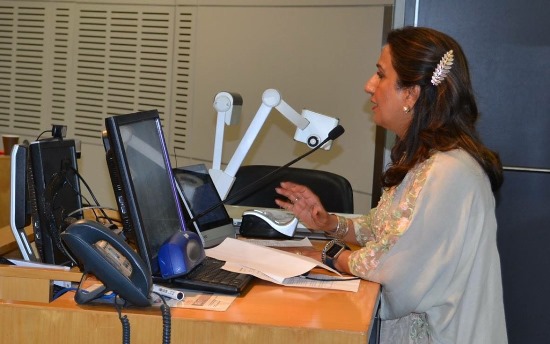
Her Excellency Naela Chohan
Syed Zafar Hussain, Justice Ali Baqar Najafi and Consul General Abdul Majid Yousfani
Consul General Abdul Majid Yousfani and High Commissioner Naela Chohan
Justice Ali Baqar Najafi and Defence Advisor Brigadier Aim Khan
Brig Asim Khan, Consul General Abdul Majid Yousfani and H.E, Naela Chohan
